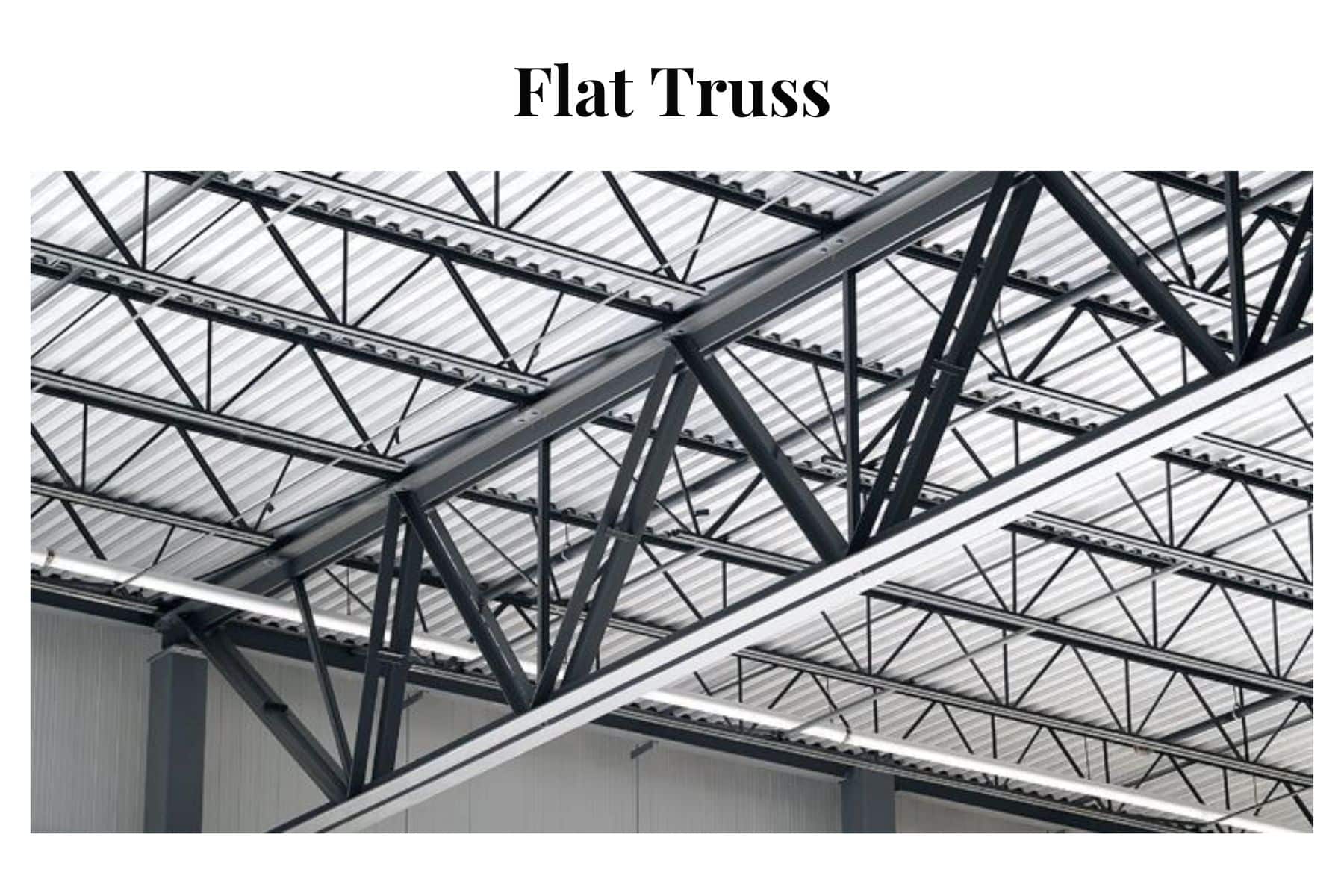Truss Vs Tube Telescope

Ah, the night sky! That vast, inky canvas sprinkled with diamonds, has captivated humans for millennia. Whether you're a seasoned astronomer or just someone who loves to marvel at the moon's glow, a telescope can truly transform your experience. It's not just about seeing stars; it's about connecting with something immeasurably larger than ourselves, a nightly dose of wonder that can be surprisingly grounding in our busy lives. And when it comes to choosing the right celestial portal, two popular contenders often emerge: the truss tube telescope and the traditional tube telescope.
Now, you might be thinking, "Telescopes? For everyday life? What are you talking about?" Well, while stargazing is the obvious star of the show, the principles behind these optical marvels can spark curiosity and a desire to explore. They encourage a scientific mindset, a need to understand how things work, and a profound appreciation for the intricate beauty of the universe. Plus, let's be honest, who doesn't enjoy a good 'wow' moment when they point their eye to the heavens and see Saturn's rings for the first time? It’s a fantastic way to disconnect from screens and reconnect with the natural world, offering a peaceful escape and a sense of perspective.
So, what's the big difference between a truss tube and a tube telescope? Imagine a traditional tube telescope as a sturdy, one-piece cylinder, like a sleek, dark pipe reaching for the stars. It's often simpler to set up for beginners and can be quite portable. On the other hand, a truss tube telescope is more like a sophisticated, open framework, with multiple rods (the 'trusses') connecting the mirror cell at one end to the focuser at the other. Think of it as a delicate, yet strong, skeleton that supports the optics. This design offers some distinct advantages, particularly for larger telescopes.
The primary benefit of a truss tube telescope is its reduced susceptibility to "tube currents." These are little disturbances of air inside a closed tube that can blur your view. The open truss design allows air to flow more freely, leading to sharper, more stable images, especially when observing fainter objects or the moon's surface details. They are also often more compact for storage and transport when disassembled, which can be a significant plus for those with limited space or who like to take their stargazing on the go. Traditional tube telescopes, however, are often more affordable and can be an excellent entry point for budding astronomers, offering a straightforward and robust experience.
To make the most of your celestial adventures, regardless of your telescope type, find a dark location away from city lights. This will dramatically improve your view of fainter objects. Allow your telescope to acclimate to the outside temperature before observing for about 30 minutes; this helps minimize those pesky tube currents. And don't forget to be patient! Learning to find objects and focus takes practice, but the rewards are absolutely immense. Whether you choose the elegant simplicity of a tube or the open-air brilliance of a truss, the universe awaits your discovery!
